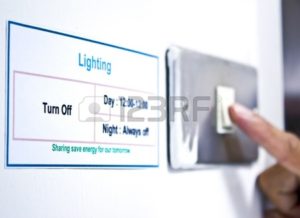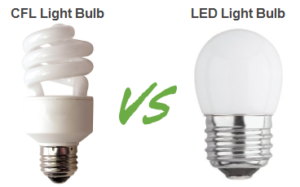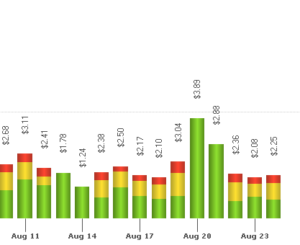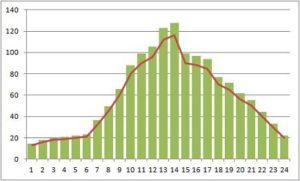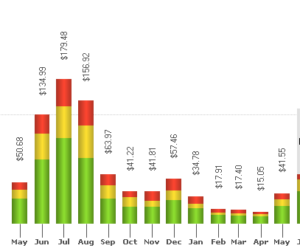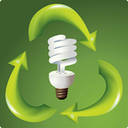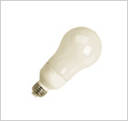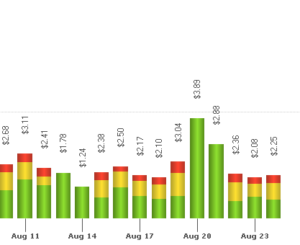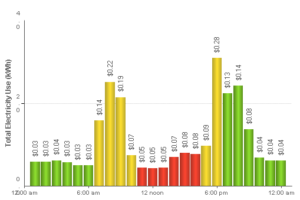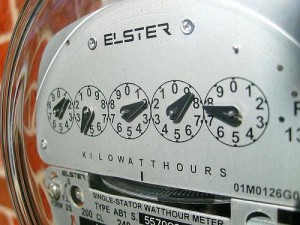 With the cost of electricity going up in almost every jurisdiction, consumers would do well to heed the following suggestions as ways to reduce their total electricity consumption and reduce the total cost of electricity as part of their total monthly budget. Several of these suggestions will also help you save money on heating your home if you use oil, propane or natural gas. This amounts to a double savings for many consumers. Here are eight ways to reduce electrical costs for the average home owner.
With the cost of electricity going up in almost every jurisdiction, consumers would do well to heed the following suggestions as ways to reduce their total electricity consumption and reduce the total cost of electricity as part of their total monthly budget. Several of these suggestions will also help you save money on heating your home if you use oil, propane or natural gas. This amounts to a double savings for many consumers. Here are eight ways to reduce electrical costs for the average home owner.
- Reduce phantom power
- Use LED bulbs
- Use a programmable thermostat
- Dishwashers
- Laundry
- Clothes lines
- Microwave or toaster ovens vs. electric stove
- Window and door treatments
Eight Ways to Reduce Electrical Costs
Reduce phantom power – all electronics consume power when the are plugged into a wall outlet. This allows them to turn on quickly when the power button is pressed. Unplug your electronics when not being used and especially when leaving on a vacation etc.
Use LED bulbs – consume much less electricity than regular bulbs and even less than fluorescent bulbs.
Use a programmable thermostat – use your thermostats timer control to control the temperature in your home while you are away. Also adjust the temperature lower in the winter and higher during summer cooling seasons. “For every degree lower that you set your thermostat, you can save 3 per cent on heating costs”.
Dishwashers – if you must use a dishwasher, fill it before running it and only run the dishwasher when rates are at their lowest which is usually at night.
Laundry – the same applies to laundry. A full load is more efficient and run the washer and dryer at night or on weekends when rates are often lower.
Clothes lines – using clothes lines to dry your clothes is one of the most efficient ways to accomplish this task. No energy used at all.
Microwave or toaster ovens vs. electric stove – both devices are far more efficient to cook with compared to an oven.
Window and door treatments – seal all windows with weather stripping and use window treatments to provide added insulation or prevent the sun from heating the interior of your home in the summer.
For more information about saving money and reducing your electrical consumption, click here.


